
banner
CMC Blog
Roam Under the Dome
Our blog for the stories behind the exhibit, inside the film and beyond the museum.
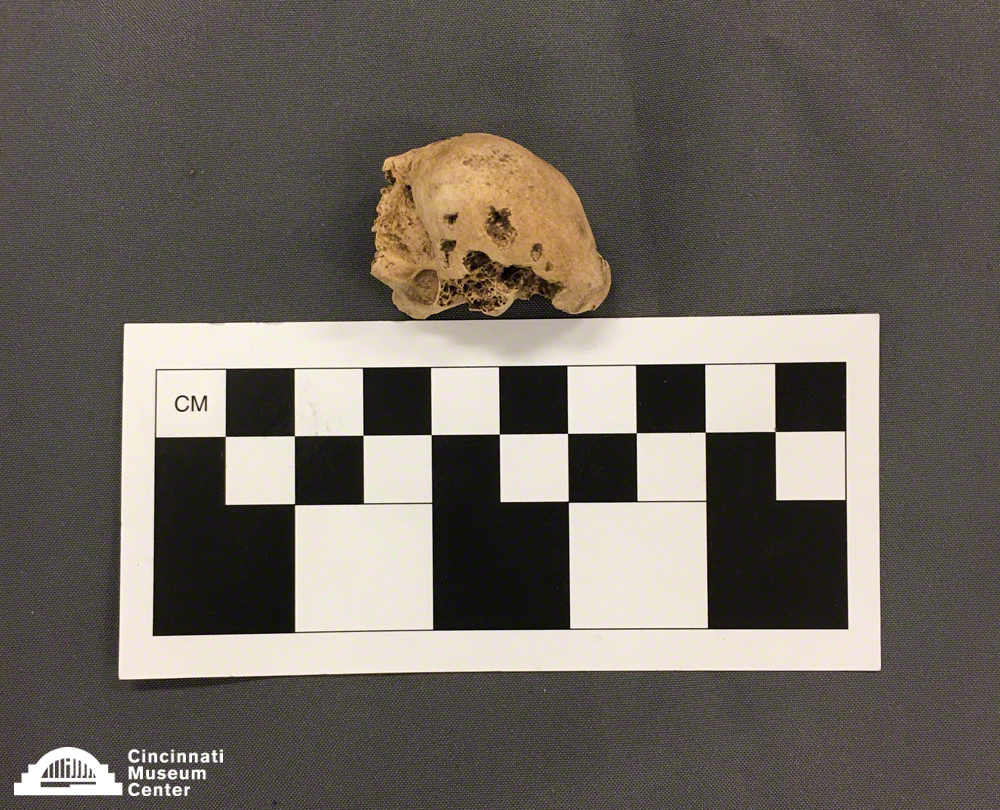
Archaeological Evidence for the Presence of Dogs at the Hahn Site
Cincinnati Museum Center Archaeology Intern
At the Hahn Site, located near the border of Anderson Township and Newtown, Ohio, CMC archaeologists have unearthed a plethora of prehistoric Native American artifacts.
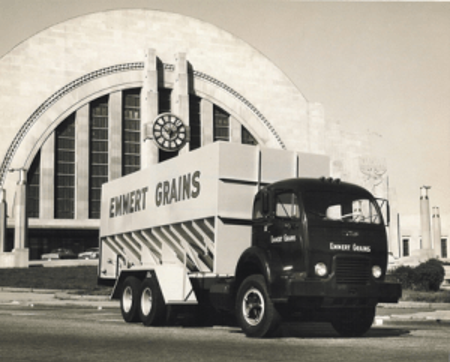
The Long Arm of Prohibition: The F. L. Emmert Company’s Struggle to Survive
Sarah Staples
Savior Maier and his son-in-law, F. L. Emmert, opened a saloon at the corner of Clifton and Vine streets in 1881. In the day-to-day operation of the saloon, Maier and Emmert learned that brewers were struggling to deal with the large quantities of wet mash, or spent grain, a byproduct of brewing. Seeing an opportunity, Emmert changed the focus of his business and started dealing in spent brewer’s grain.

The birds are back in town!
Mark Zloba
Bird migration is at its peak right now in the Cincinnati area and on our Edge of Appalachia preserve. All of our bird breeders that leave for the winter are now back in southern Ohio, Indiana, and Northern Kentucky and singing in their territories.
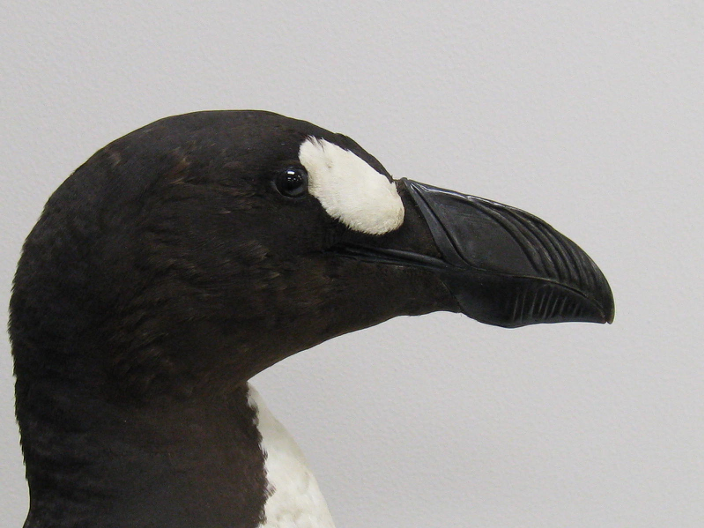
Is this the last Great Auk?
Heather Farrington
The Great Auk (Pinguinus impennis) was a penguin-like, flightless bird found along coastlines in the north Atlantic. It was valued for its meat, fatty oils, and feathers, and was hunted to extinction in the mid-1800’s. As the bird became more rare, collectors paid handsomely for specimens.
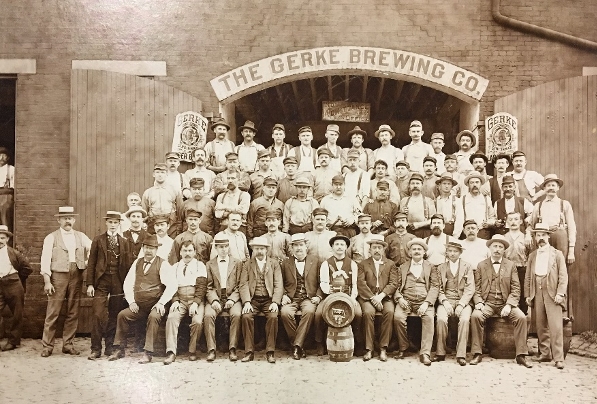
A Snapshot of Early Cincinnati Breweries
Sarah Staples
Early immigrants, like Frederick Billiods, William Attee, Patrick Reilly, Peter Jonte, Thomas Wood and John Walker, opened breweries in Cincinnati that produced beers found in their native countries – France, England and Ireland – mostly traditional ales and porters.
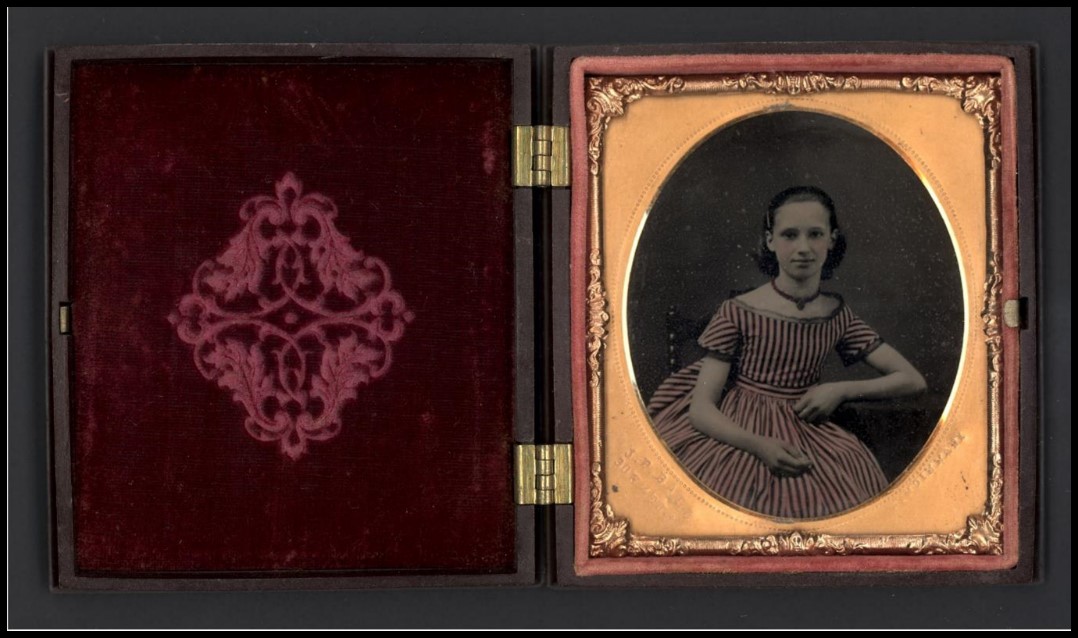
Early Photography Series 2 of 4 – Ambrotypes
James DaMico
The ambrotype is a direct positive image and uses the wet collodion plate process. The photographer mixes a liquid emulsion of gun cotton (combination of purified cotton with nitric and sulfuric acid), ether and alcohol.
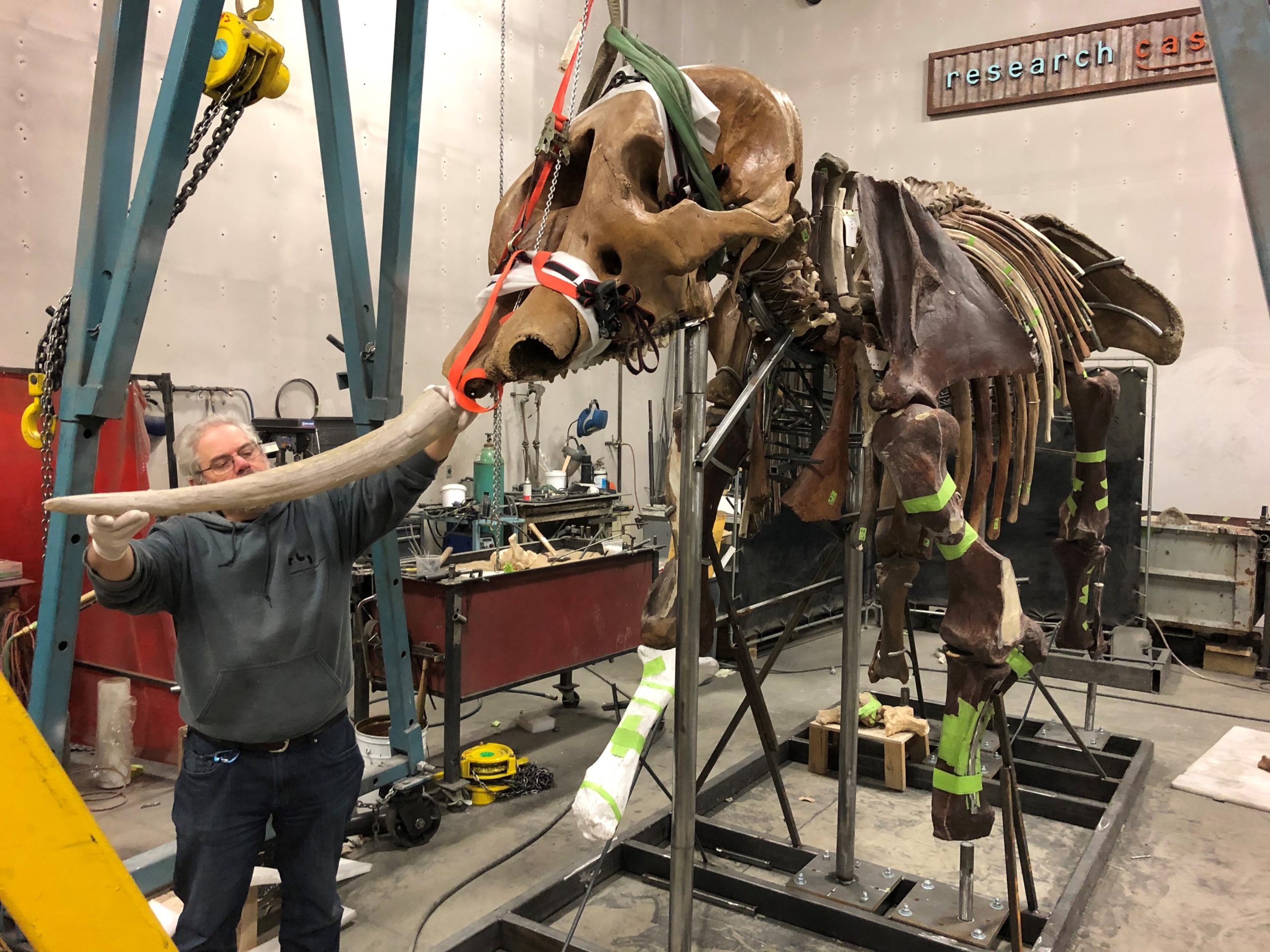
Long live the extinct mastodon!
Glenn Storrs
The American mastodon (Mammut americanum) is the iconic “Ice Age” creature of the Pleistocene epoch (2.58 million to 11,700 years ago) for North America, and an example of its extinct megafauna.
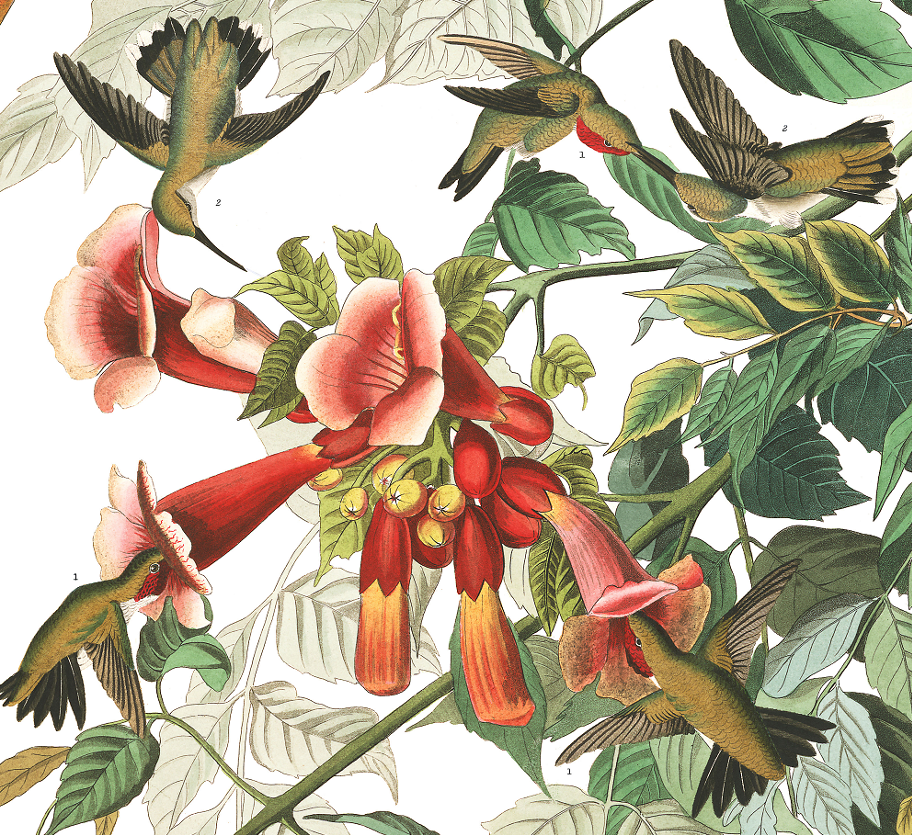
The hummers are coming!
Emily Imhoff
So wrote John James Audubon, noted ornithologist and artist (and first official employee of our predecessor institution, the Western Museum), on the spring migration of Ruby-throated Hummingbirds (Archilochus colubris).
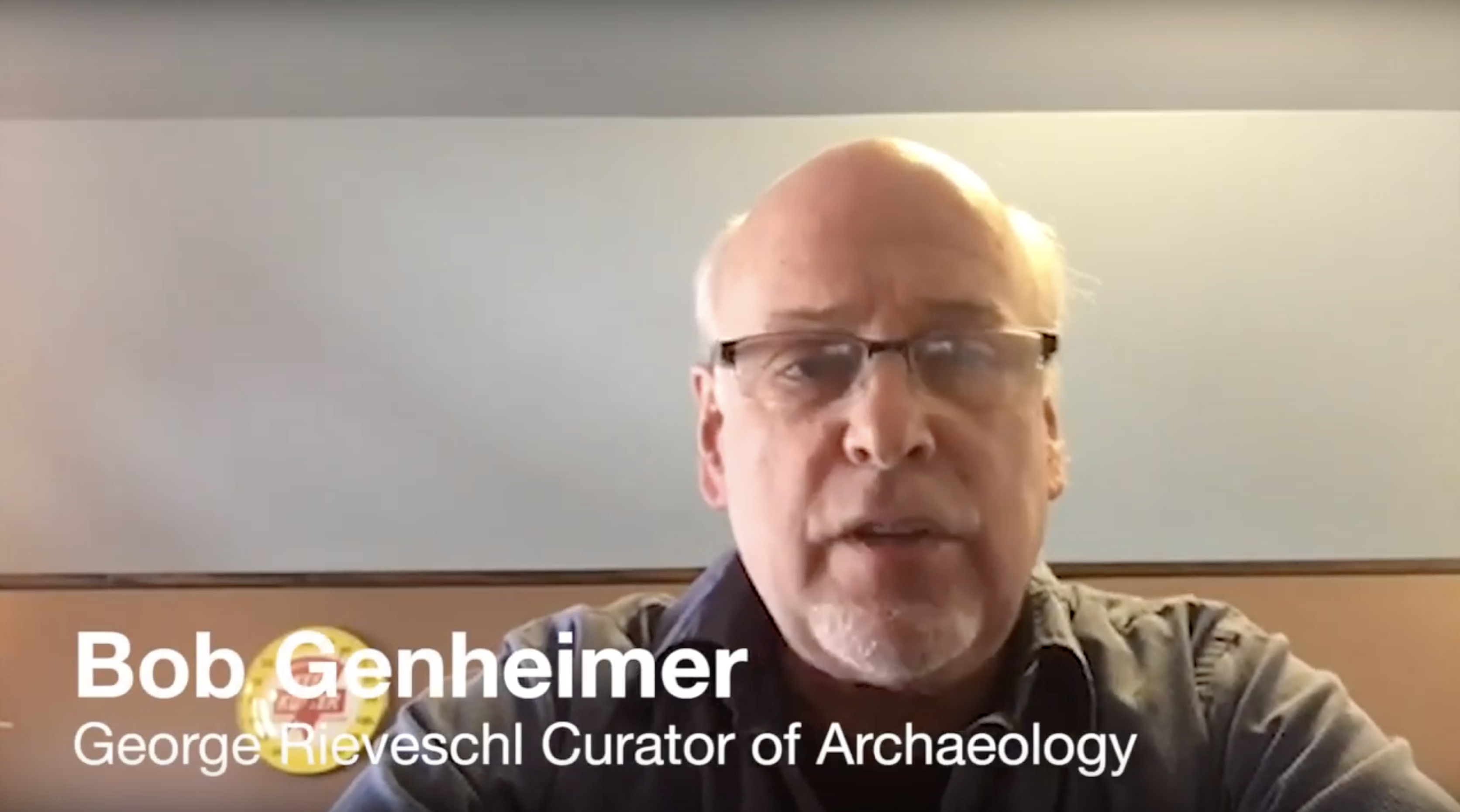
#AskACurator with Bob Genheimer, George Rieveschl Curator of Archaeology
Bob Genheimer
Bob Genheimer, our George Rieveschl Curator of Archaeology, answers your questions about the job of a curator and archaeologist.
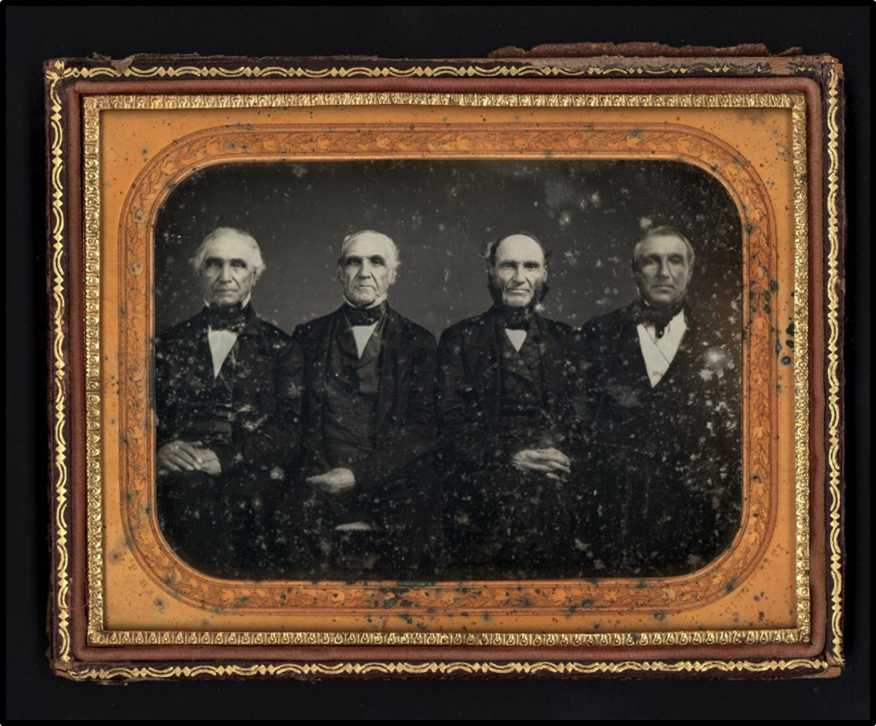
Early Photography – Part 1 of 4
James DaMico
The daguerreotype was invented by Louis Jacques Mandé Daguerre and was introduced to the French Academy of Sciences on January 7, 1839. A silver-plated copper plate is polished on the silver side to a mirror-like sheen and exposed to iodine vapor.
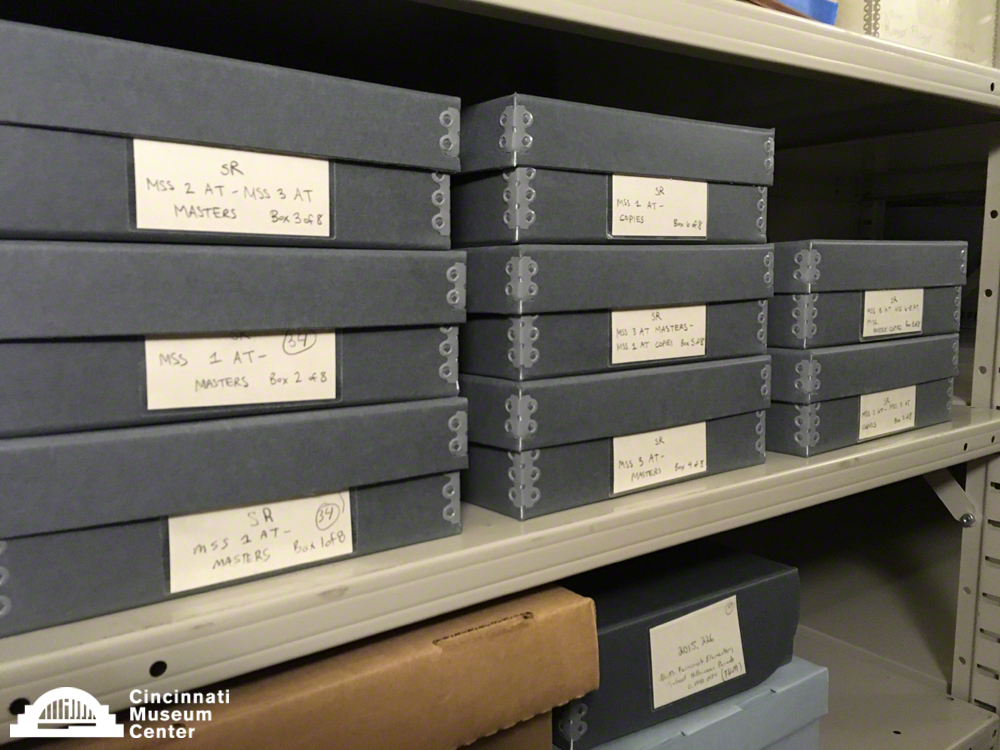
Irish Tape and Our Sound Recording Collections
Jim DaMico
One of the collections I get to manage is the Sound Recordings, and, as you can imagine, we hold a pretty diverse spectrum of recording technology.
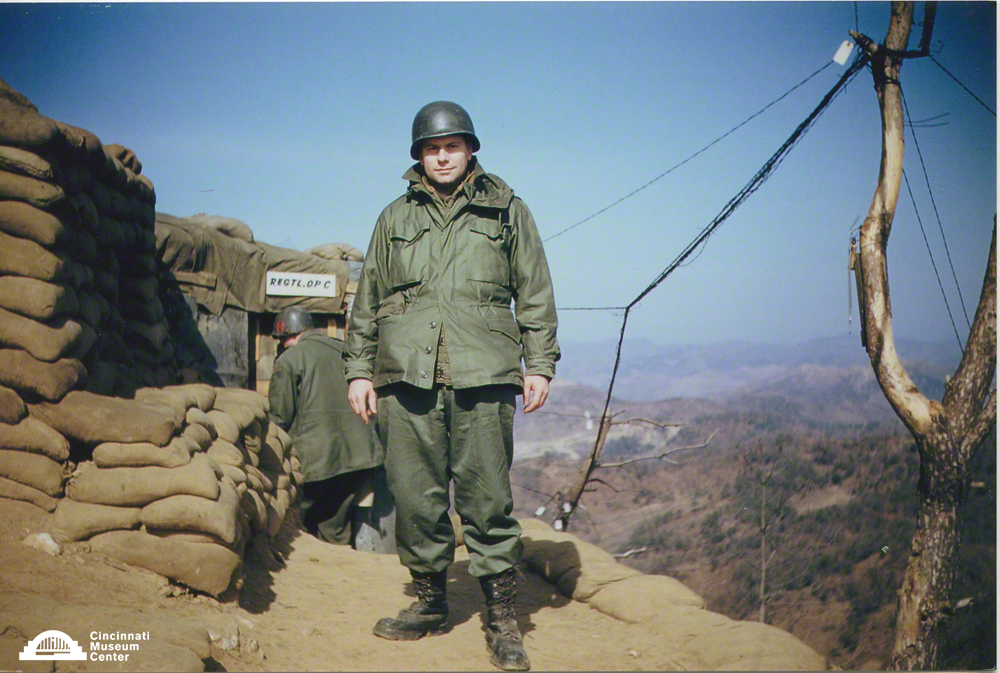
Dr. James A. Stewart, Captain, U.S. Army, Mobile Army Surgical Hospital (M.A.S.H.)
David Conzett
James Antenen Stewart graduated from Hamilton High School in 1941 and the University of Cincinnati in 1945. He later served as the Chief Surgeon of a Mobile Army Surgical Hospital (M.A.SH.) near Seoul.
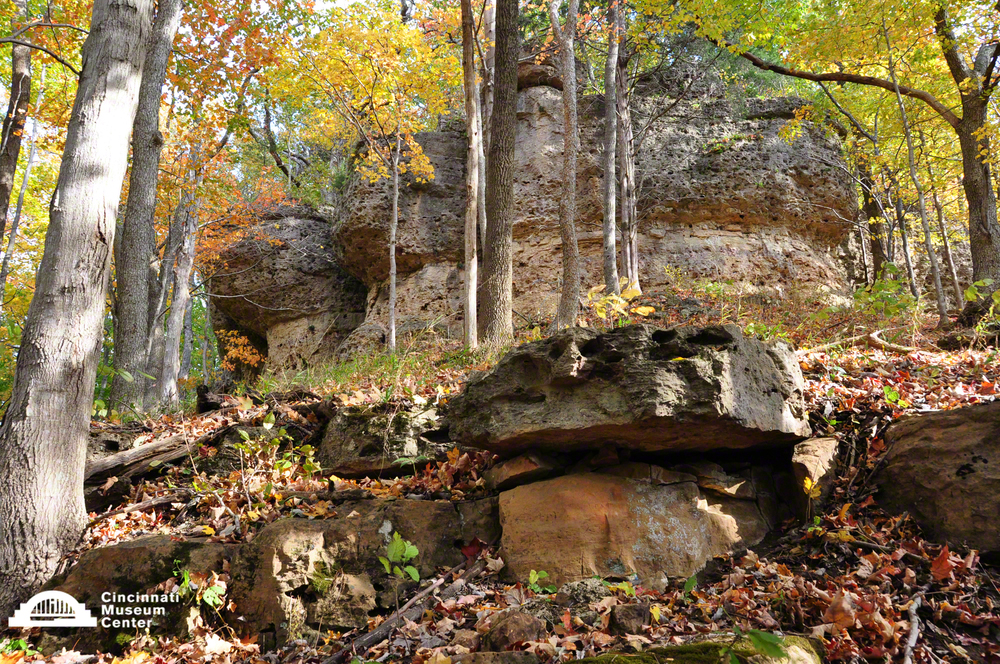
Woodrat Hunting With CMC’s Zoology Curator
Heather Farrington
During the second week of last November, I spent a couple of days at the Museum Center’s Edge of Appalachia preserve looking for my newest study organism – the Allegheny woodrat (Neotoma magister).
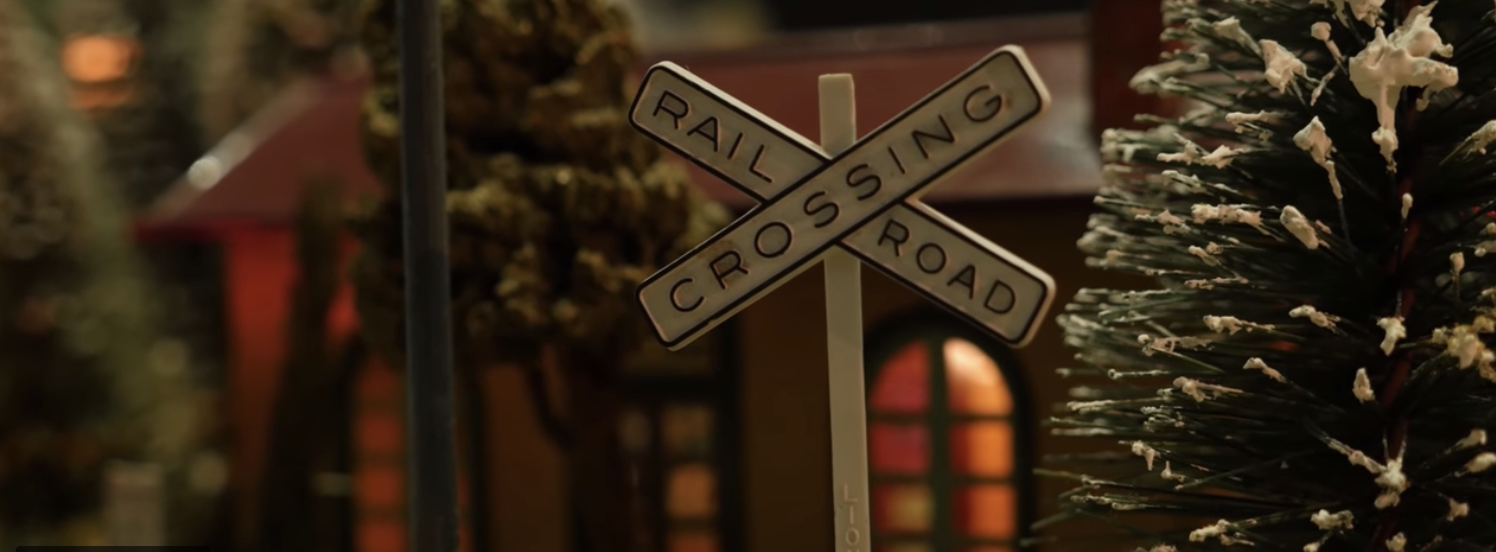
The Stuart Shuster Train Story
David Conzett
Created using original and reproduction Lionel trains and accessories, Stuart’s layout has all the bells and whistles that our visitors, young and old, have come to expect at Museum Center during the holidays.
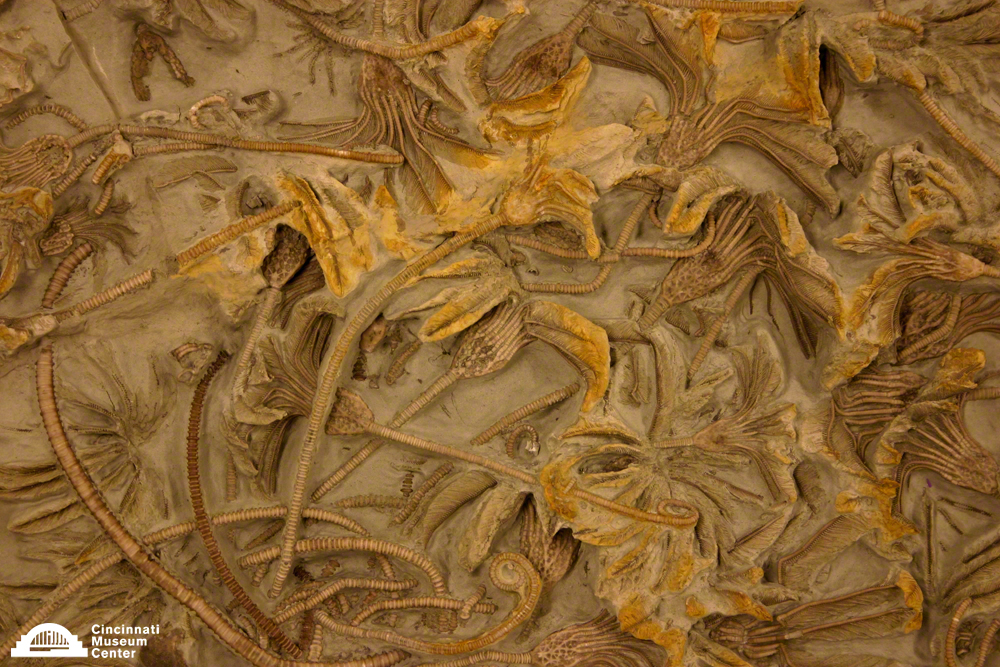
A World-Class Crinoid Fossil Assemblage
Brenda Hunda
This slab is covered with complete and nearly complete specimens of one species of crinoid, Glyptocrinus decadactylus, and is one of the largest and most spectacular examples of fossil crinoid preservation ever found in the Cincinnatian Series (Late Ordovician Period, 450 million years ago).

